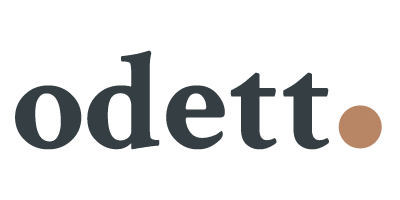To create a good UX design, you need to research and understand the context and patterns of your user’s behavior. Especially when we are trying to solve user needs through new products or features. Ethnography can help you discover these needs. This article focuses on explaining how to implement ethnography into your research practices.
What is ethnography?
Ethnography is a qualitative research method that has its roots in anthropology (the study of humanity) and is based on participant observation, documentation, and understanding of patterns of human behavior. But the main ingredient of ethnography is empathy. We use empathy to build an understanding of user behavior outside of a research lab setting and understand the differences between what people say they do and what they actually do.
When to use ethnography?
Ethnography can be used during any stage of the design process but is most useful in the early stages of design. When you are starting out with a project and are learning to understand your users, you can use ethnography as a method to see the world through a different lens. This will also help you acknowledge your designer bias and put aside prejudice and assumptions with regard to your end-user.
Cultural understanding
One of the things I personally find important in UX research is the understanding of the cultural differences in your users. Every person has their own norms and values, based on where they are from, their upbringing, and their experiences in life. This greatly influences how people deal with new products, the adaptation, and the awareness that go into a new product. Ethnography can help you understand these differences and thus design better experiences.
So how to use ethnography in the UX research process?
We take a look at 5 steps to take to use ethnography in your UX research process. With these 5 steps, we focus on a time early on in your design process, where ethnography makes the most impact.
1. Reframe the problem
Look at the problem from the perspective of your user instead of from your own. For example, you might think that there is a problem with how people preview their posts, but this does not have to be a problem for your user. Perhaps their problem really is with the editing capabilities of the review. So, find out what the actual problem is that your user experiences and start from there, not from the perspective of the company or devs.
2. Collect Data
As I have said before, collecting data is extremely important in good UX Research and Design processes. Early on in the process, interviews are a good method to collect qualitative data on your user. You can also use existing products that are similar to your product and do an observation of your users when they use those. Ask them to think out loud during this practice and record their actions, reactions and behaviors. Combining this with an interview afterward is a good way to collect valuable data.
3. Find the patterns
My personal favorite part is when you can let your beautiful mind go wild on all the data to find the patterns between your users. Understand the norms and values of your users and how they respond and react during observations and interviews. Some common themes will pop up between your users that will be key in understanding your user base

4. Formulate your key insights

Good data needs to be recorded to help your team and stakeholders understand their user base. Look for any false assumptions or biases that you might have made during the research process. Address the unmet needs and understand why people do what they do.
5. Apply the key insights to your design process
The final and most important step is to apply your insights to your design process. These key insights should tie into the wants and needs of your stakeholders, allow and drive positive change for both the user and stakeholders and lead to opportunities for improvement.
Conclusion
Using ethnography as a method in UX research will help you develop empathy and understanding for your user base. And understanding your users will help you design and develop a better user experience for them.




